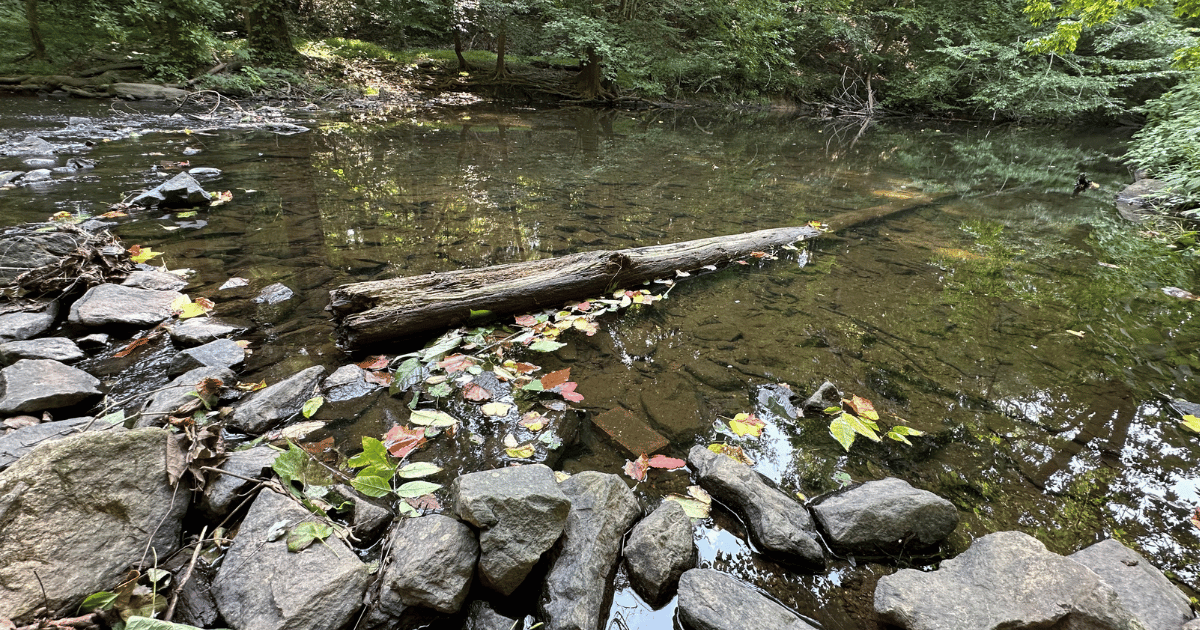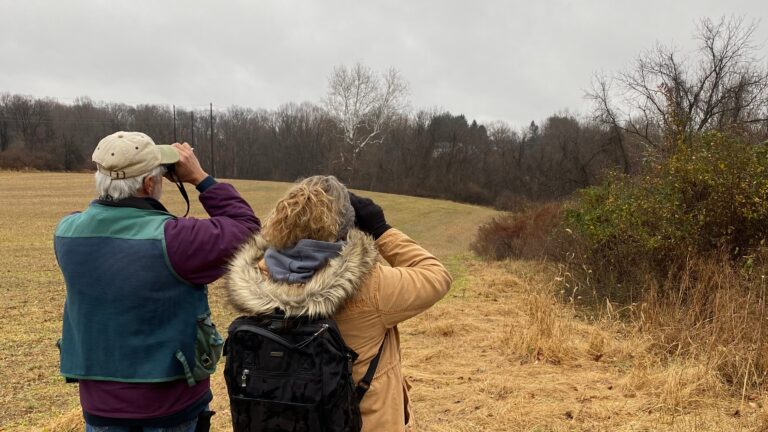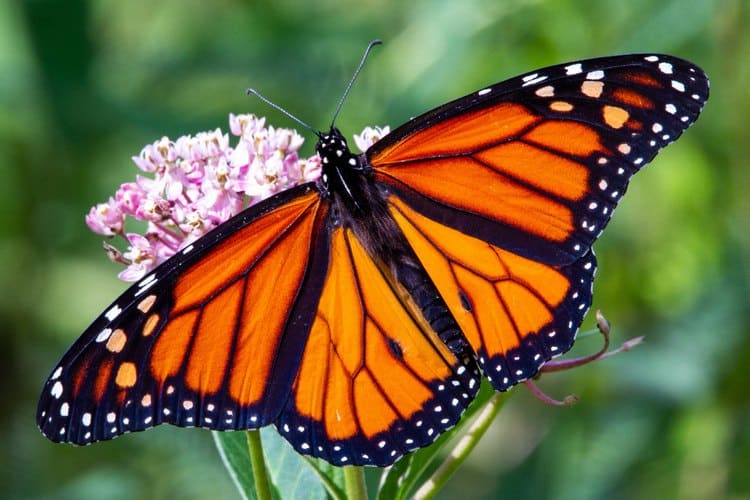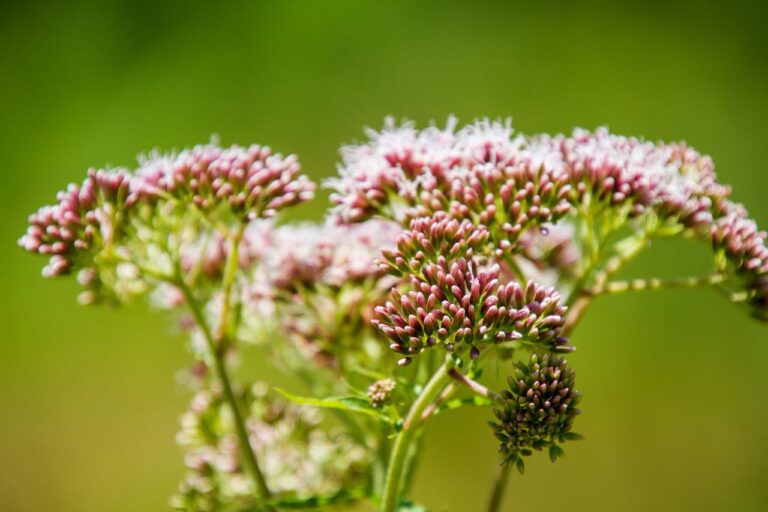Macroinvertebrate Exploration: Hands-On Learning for All Ages
What homeschooling family hasn’t wanted to escape the house on a beautiful fall, spring or summer day to play in the creek or stream? This article will tell you how to do just that, all through macroinvertebrate exploration just beneath the stream’s surface!
Integrating macroinvertebrate exploration into your homeschool’s nature study or science curriculum offers a fantastic opportunity to engage children of all ages in hands-on learning about freshwater ecosystems and the importance of water quality. You can read more about macroinvertebrates and stream health in this blog article.
Tackling this subject with a diverse age group of homeschoolers doesn’t have to be a daunting task. With a bit of thoughtful preparation and activities tailored to different learning stages, it can become a fun, year-round experience that fosters a deeper connection with the natural world.
Just want to open and go? Grab our $7 Aquatic Macros Module for video and printable activities to do at the stream and at home. There’s a lesson on macroinvertebrates, a field trip guide, a nature journaling activity, and more!
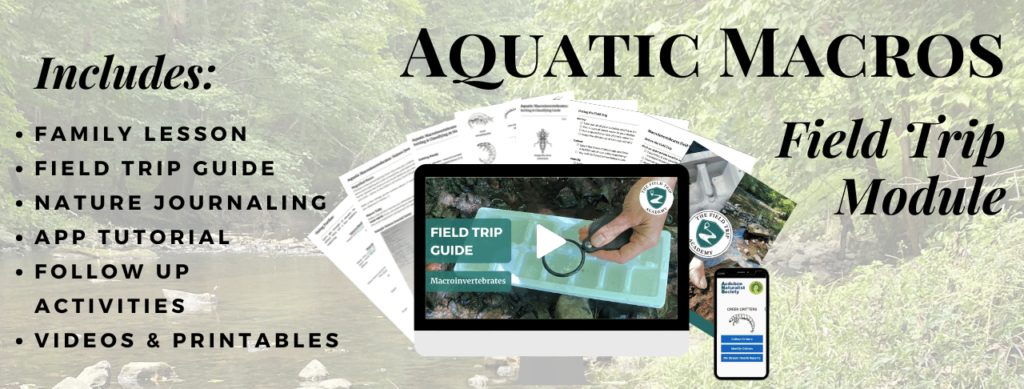
Starting with Exploration and Discussion
Begin your stream study adventure with exploration and wonder. Before introducing any technical terms or scientific concepts, encourage learners of all ages to explore the stream, feel the water, and observe any visible macroinvertebrates beneath the surface of the water.
For younger learners, such exploration can be paired with casual conversation about what they (and you) are discovering. Use magnifying lenses to get a close up look at natural objects and organisms, and notice what you see. Adults and older learners can really set the stage here. If your homeschoolers observe YOU finding value in exploration and discussion, they will follow suit! Check out our blog for more nature study tips in your multi-age homeschool.

Resources and Technology Integration
First, equip learners with the right tools enhances their engagement and understanding. In addition to packing traditional field guides and magnifying glasses, consider bringing along an identification chart of common freshwater macroinvertebrates. You can find a simple and free version from Stroud Water Research Center HERE, and from Virginia’s Save Our Streams HERE.
Next, tweens and teenagers will love incorporating technology like the Creek Critters. Pocket Macros, or iNaturalist smartphone apps into their macroinvertebrate exploration. These apps not only support community science projects but also appeal to teens’ growing independence and tech-savviness. Learners can document their findings and contribute data to real scientific studies, all without needing an adult’s help!
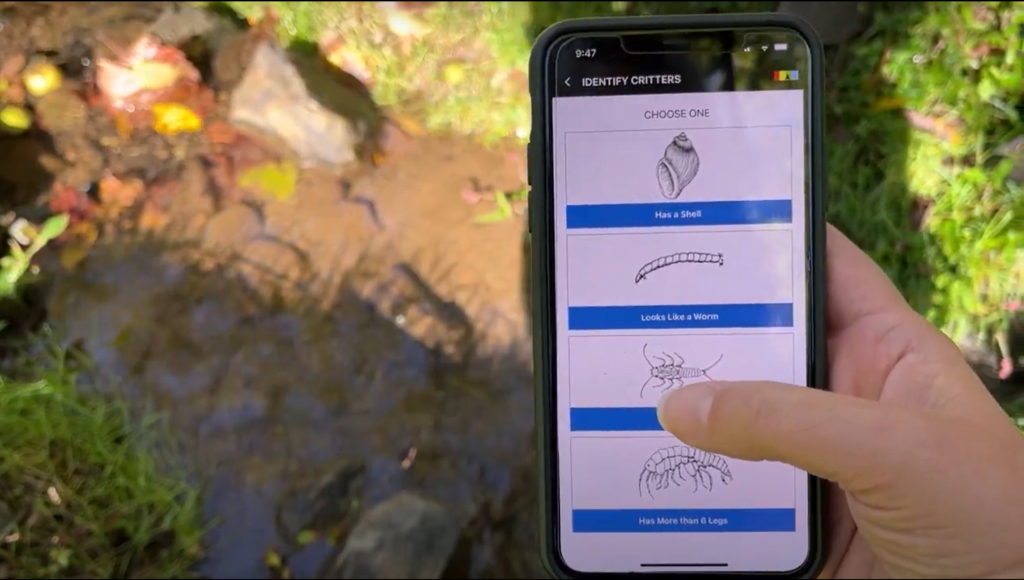
Nature Journaling Across Ages
Embrace Charlotte Mason’s enthusiasm for nature journaling by providing each learner with a nature journal. Young learners can collect specimens and sketch what they observe. Middle schoolers might do a more detailed sketch of the macroinvertebrates they observe or design a site map of the stream. Encourage older teenagers to write reflective entries on the health of the stream or diagram the life cycle of a specific macroinvertebrate they found interesting.
Additionally, Anna Comstock’s “Handbook of Nature Study,” has a wealth of nature journaling suggestions adaptable for macroinvertebrate exploration that foster observation and deeper understanding of nature. (Here’s a free version of this book!)
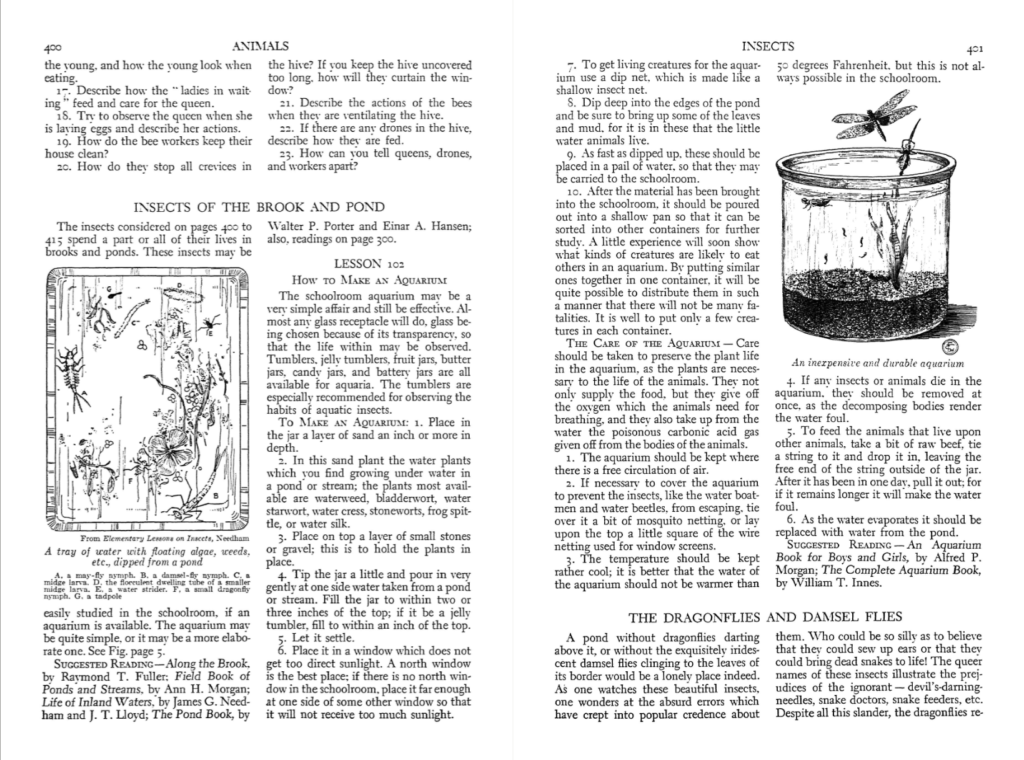
Enrichment through The Field Trip Science Membership
For parents and educators looking for a structured yet flexible approach to incorporating nature study into their homeschooling routine, check out The Field Trip Science Membership. It offers monthly nature-focused field trips, at-home activities, and additional learning resources for all ages. This membership simplifies planning and ensures that every learner, regardless of age, finds something interesting and educational to explore.

Final Thoughts
Just as the muddy pools and the cool riffles of a stream unite children in play, macroinvertebrate exploration brings together learners of all ages in discovery and stewardship of our waterways.
By scaffolding learning from simple exploration and casual conversations for the youngest learners to community science for the oldest, you’ll foster an understanding of aquatic life but also a lifelong respect for the environment. Homeschoolers will learn that no matter their age, they can contribute meaningfully to conserving the health of our waterways.

